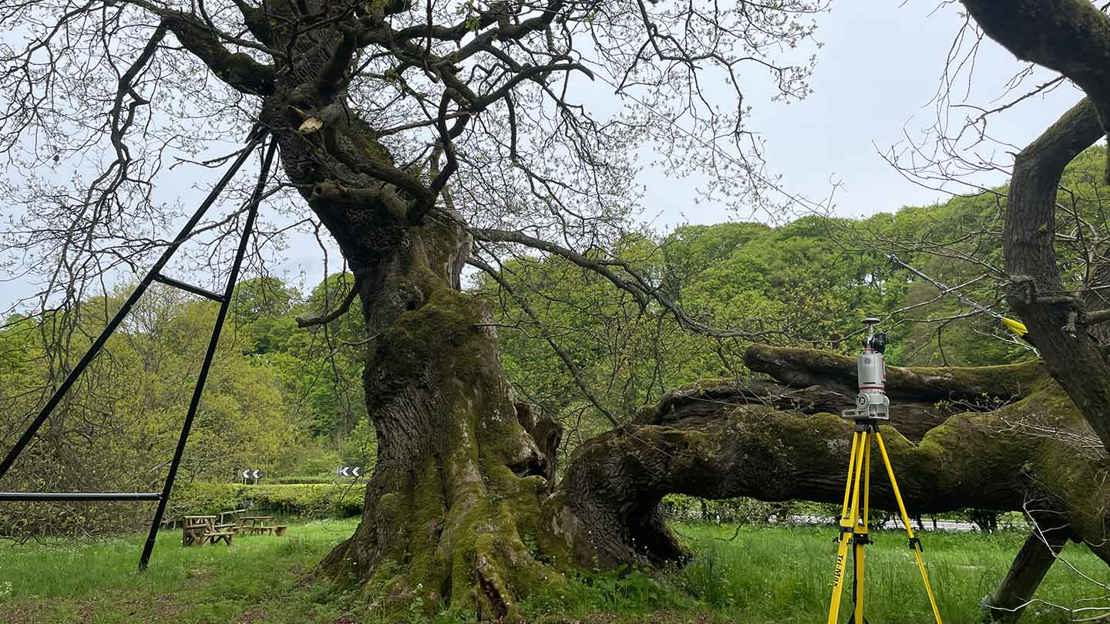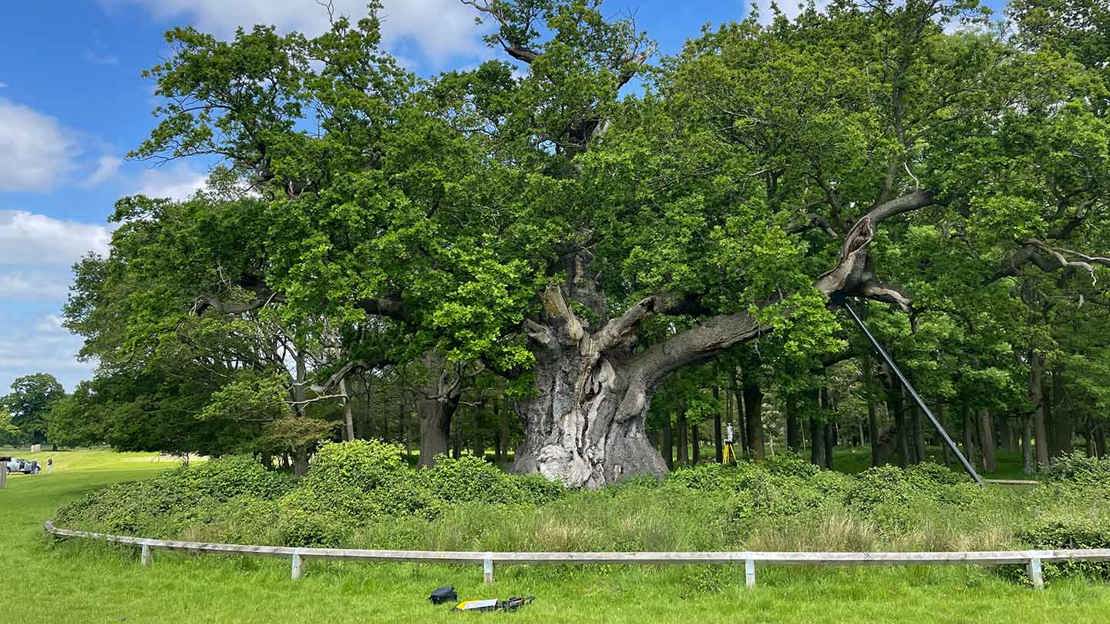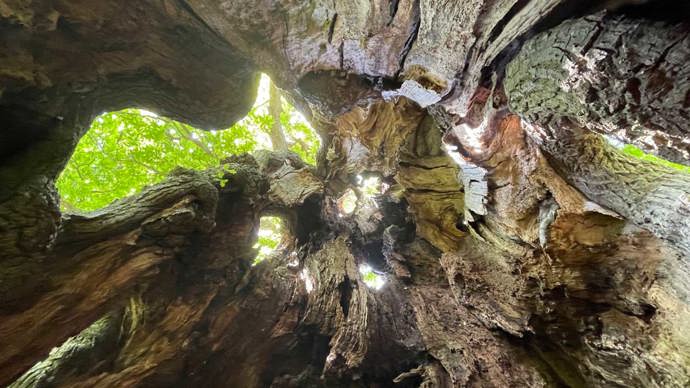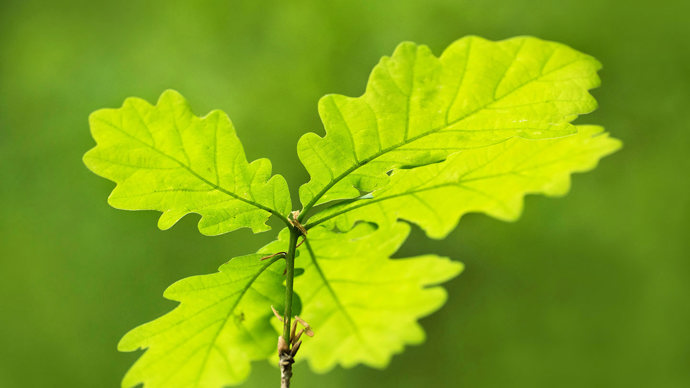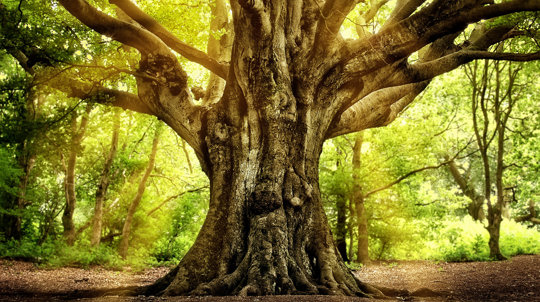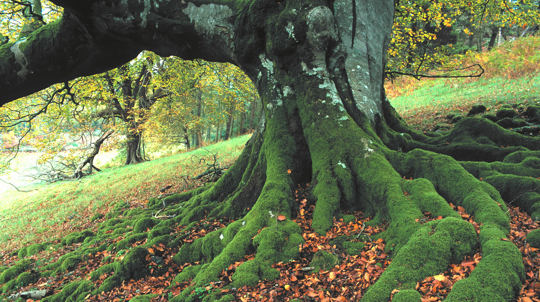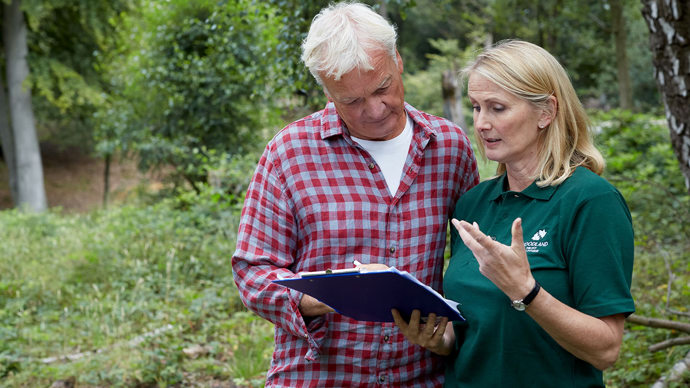
Credit: WTML
1. Long-term management
LiDAR technology is a useful tool for monitoring and aiding assessments of ancient trees and may provide insights for management decisions, including limb mass estimates for propping and bracing and understanding the trees’ response to management interventions. We’ve created guidance documents to describe our approach to conserving ancient and veteran trees.


